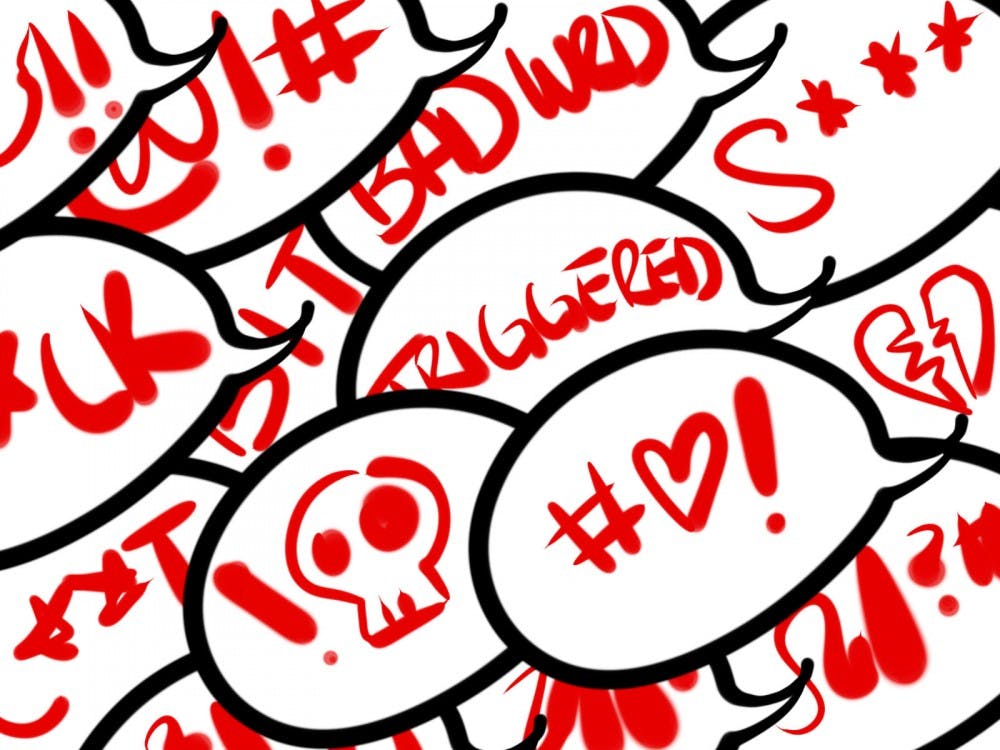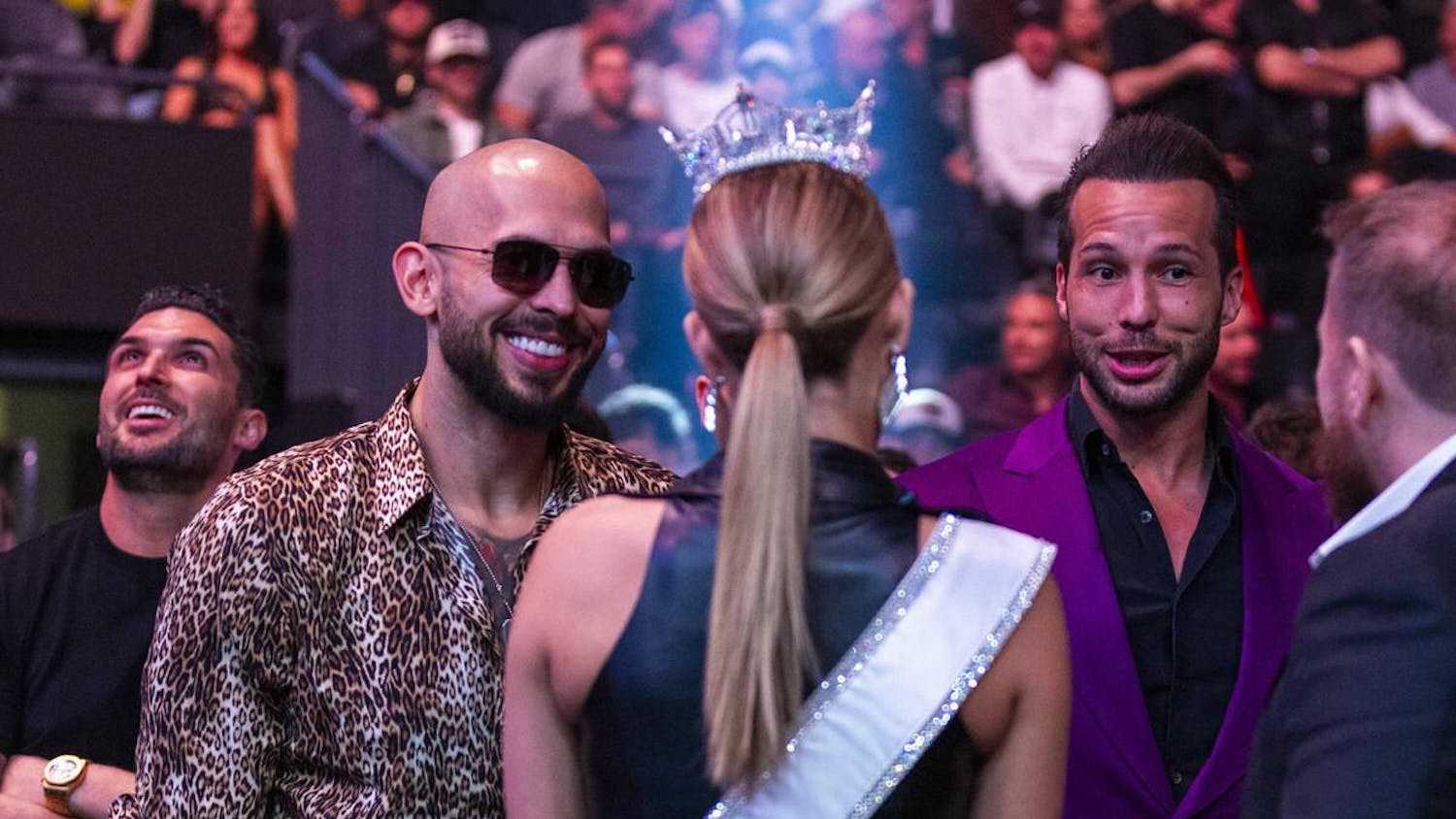If you have been using social media for a while, you’re probably familiar with people being offended by online content.
The debate over how media should censor their apps is not new.
What is new, however, is Instagram’s new feature in answer to this complaint. They have created a way that users can make personalized lists of words they don’t wish to see in the comments on their feeds.
The words can be anything, from swear words to words surrounding discourses such as gender and race. If you don’t want those words commented on your pictures, poof, they’re gone.
We think this is a great move. In the past, many people have been angry with companies for their censorship policies.
Twitter bans many offensive words altogether. Instagram’s solution seems to be a simple yet brilliant one. Instead of banning words for every user, the individual gets to make their own choice on what their Instagram comments will show, based on what offends them personally.
This makes a lot of sense, since offensiveness, like many things, is very subjective. Words, particularly swear words, that offend one person may be a common part of another’s vocabulary.
Because of this, this really seems to be the method that will create the least backlash and conflict. Only the account owner is allowed to see their own list of banned words.
It seems unlikely that a bored individual will go out of their way to try to figure out what the words are and then sneakily try to misspell them in the comments to bypass the feature, as has happened on other social media apps where specific known words are banned.
As for what else this new feature could solve, it is common on the Internet for people to be offended simply by others’ claims of what they find offensive. It’s a never-ending cycle, really. Now, rather than having this issue to argue about, people just won’t see these things. It’s all behind the curtain.
This is a rather an empowering concept, which places all responsibility of the matter onto the user. We think other social media platforms should hop aboard this idea.
One thing we should acknowledge, though, is that, while Instagram has created this new policy about blocked words, they do have more strict guidelines about photos. After all, they are an image-based platform.
In 2015, they received backlash from banning a photo of two women in bikinis with pubic hair showing. Similarly, over the past few years, a movement known as “free the nipple” again attacked Instagram for blocking images that showed women’s breasts. Many claimed the images were artistic rather than erotic.
We understand that as a top app with millions of downloads, there is immense pressure to cultivate a safe yet creative space.
The balance is tricky to find. It will be interesting to see if Instagram will adapt a more user-based censorship policy with their images as they have smartly done with their comment section.




